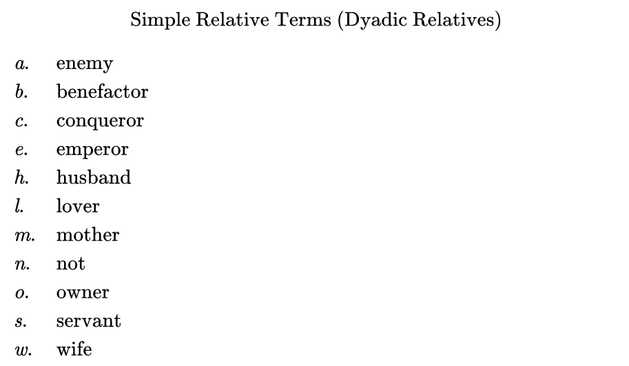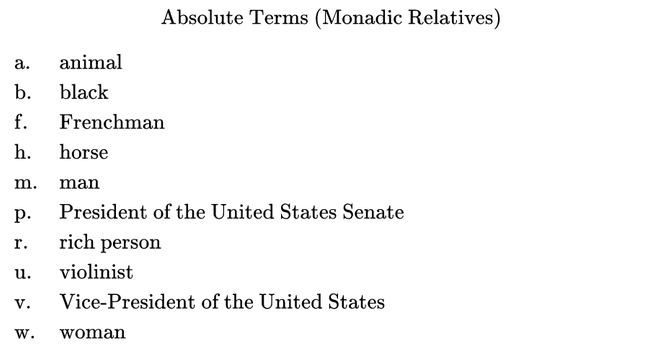Peirce's 1885 “Algebra of Logic” • Discussion 2
• https://inquiryintoinquiry.com/2024/04/03/peirces-1885-algebra-of-logic-discussion-2/
Re: FB | Daniel Everett
One thing I've been trying to understand for a very long time is the changes in Peirce's writing about math and logic from 1865 to 1885. If there's anything I've learned from reading Peirce in the often dim light of intellectual history it is to be wary of progressivist assumptions — but unlike many of his other fans I apply that caution also within the body of his own work. Long story short, from 1865 to 1885 I see progress on several fronts but also bits of backsliding from his more prescient early insights. So it's a puzzle … and it will take more study to ravel out the reasons why.
Resources for reconciling Peirce's two accounts —
1. The 1870 account of logical involution
2. The 1885 account of universal quantification
Peirce's 1870 “Logic of Relatives” • Selection 12 • The Sign of Involution
• https://inquiryintoinquiry.com/2014/06/09/peirces-1870-logic-of-relatives-selection-12/
Comments —
(1) https://inquiryintoinquiry.com/2014/06/10/peirces-1870-logic-of-relatives-comment-12-1/
(2) https://inquiryintoinquiry.com/2014/06/11/peirces-1870-logic-of-relatives-comment-12-2/
(3) https://inquiryintoinquiry.com/2014/06/12/peirces-1870-logic-of-relatives-comment-12-3/
(4) https://inquiryintoinquiry.com/2014/06/14/peirces-1870-logic-of-relatives-comment-12-4/
(5) https://inquiryintoinquiry.com/2014/06/15/peirces-1870-logic-of-relatives-comment-12-5/
Peirce's 1885 “Algebra of Logic” • Selections
(1) https://inquiryintoinquiry.com/2024/03/24/peirces-1885-algebra-of-logic-selection-1/
(2) https://inquiryintoinquiry.com/2024/03/26/peirces-1885-algebra-of-logic-selection-2/
(3) https://inquiryintoinquiry.com/2024/03/30/peirces-1885-algebra-of-logic-selection-3/
(4) https://inquiryintoinquiry.com/2024/04/01/peirces-1885-algebra-of-logic-selection-4/
Peirce, C.S. (1885), “On the Algebra of Logic : A Contribution to the Philosophy of Notation”, American Journal of Mathematics 7, 180–202.
• https://www.jstor.org/stable/2369451
#Peirce #Logic #AlgebraOfLogic #LogicOfRelatives #RelationTheory #CategoryTheory
#Semiotics #PredicateCalculus #Quantification #LogicalInvolution #ComputerScience


